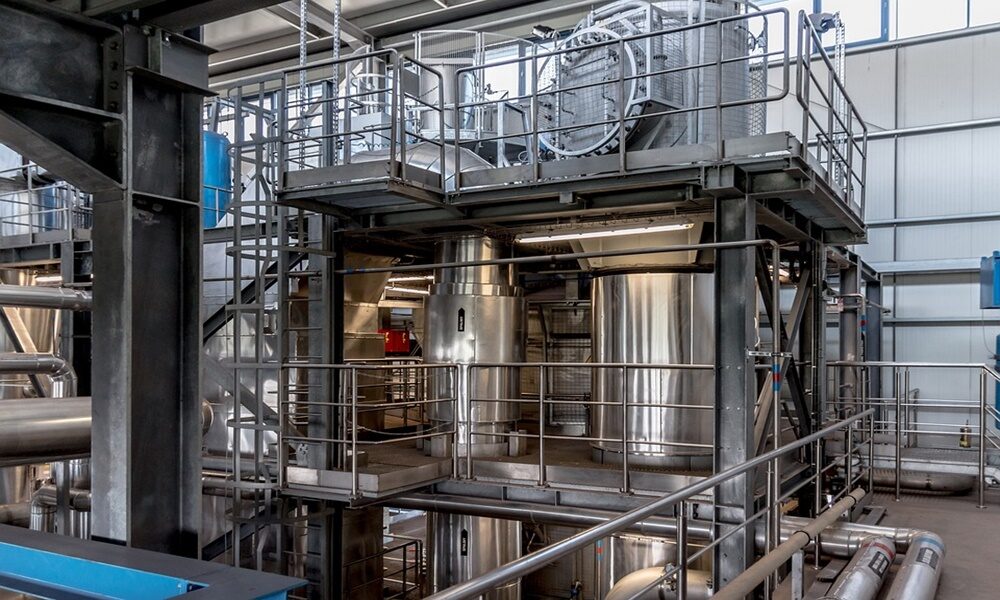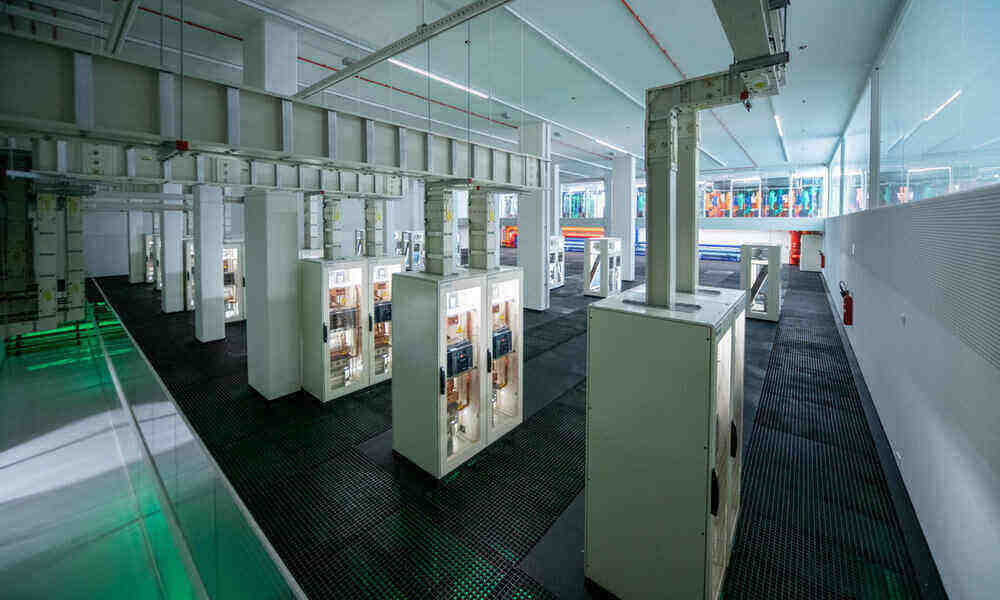
The French startup Qarnot has followed the same line of work since its inception twelve years ago; take advantage of the heat coming from your servers as a heating system. Initially, construction companies bet on this idea, since the CPUs and servers generated a great heat wave, while the rest of the heater acted as a passive cooling system and heated residential buildings and offices. At the same time, qarnot got decentralize your data centers.
But this innovative experience would gradually be incorporated into new sectors. This is how BNP Paribas, Société Générale and 3D Illumination decided to bet on the rental of servers to cover their needs.
The new invention; QBx.
The great advantage of the Qarnot idea is that it can serve as a spot heating system in those areas where a heater is not required throughout the year. That is why it has launched its scalable boiler systems.
The new ones QBx High Efficiency Computing Clusters feature higher density, optimized energy efficiency and a limited carbon footprint, so that the supercomputing and the Energy efficiency are guaranteed.
Each of these modules is composed from 12 to 24 processors (based on Open Compute Project server designs with AMD Epyc and Intel Xeon CPUs) whose intensive computing is responsible for heating the incoming cold water, thus achieving recover up to 95% of waste heat and generate hot water. Being a modular systemmodules and therefore computing power and heat can be added or removed without service interruption.
With the new QBx, Qarnot gets increase energy efficiency of high-density data centers and edge infrastructures.
Qarnot does not intend to replace the electricity or natural gas that is consumed in buildings throughout the year, but it does intend to provide that necessary caloric component in those periods in which so much power is not required, and in which, therefore, cost savings could be experienced important.
For all these reasons, instead of locating them on the outskirts, the idea is that the data centers are housed in population centers. This is how they promoted a pilot data center in Finland with 100kW, although now they intend to look for new locations that allow them to reach the 500kW.
The environmental effect of this innovative Qarnot tool is very important, since it greatly reduces carbon footprint of the data centers.
This is achieved thanks to a direct cooling system and the Optimization of Open Compute (OCP) architecture that allows reusing equipment and reducing sustainable power, thus adapting to energy and thermal limitations.
The French company is expanding after having raised 12.5 million euros in its last round of financing and having negotiated a credit line of 22.5 million euros for its upcoming projects. A before and after is marked in the incorporation of data centers in population centers



